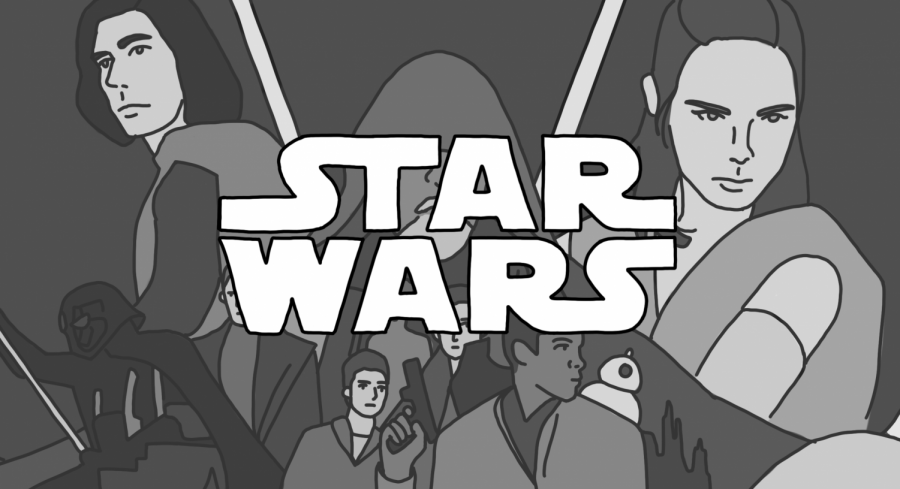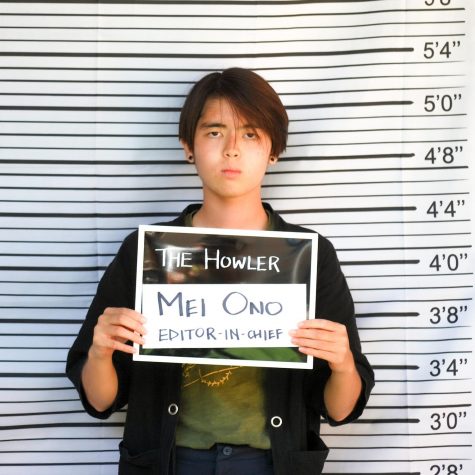A look back on Star Wars history
December 16, 2019
To those who grew up having fierce sibling duels using plastic lightsabers from Target, December doesn’t mean it’s the holiday season— it means you’re running to the theaters on Dec. 20 for the release of “Star Wars: The Rise of Skywalker.”
One of the most prominent sagas in film history began in 1977 in a galaxy not so far away. George Lucas and his partner Gary Kurtz played with ideas for a science fiction space opera that would be aimed towards teenagers in a time where dark dystopian movies were becoming popular in Hollywood. As the pair made their visits around various Hollywood studios, they were initially turned down by United Artists and Universal until they were accepted by 20th Century Fox.
Motion-controlled cameras were also developed to create the crazy movement of spaceships.
An aspect that made Star Wars so remarkable was the world setting and the idea of aliens and humans living across the galaxy in dozens of unique planets. It was different from most science fiction films at the time, which portrayed a perfect futuristic world that was clean and bright, while the Star Wars world was much more realistic. Starships malfunctioned, slums still existed on the streets and the overall setting succeeded in reflecting a different version of present day.
It is impossible to effectively represent the influence of Star Wars films without mentioning its revolutionary music. John Williams won the job after his work for Steven Spielberg’s film “Jaws” and proceeded to make one of the most famous film soundtracks in history. Regardless of whether you are a musician or not, the immense musical presence of the pieces is felt by anyone sitting in the audience from the get-go as the title rolls in with the background. Every piece from then on out serves a key purpose in whatever is happening on-screen, allowing each scene to carry so much more emotional weight as perhaps best represented by Luke Skywalker’s theme, propelling the storyline forward.
Besides the classic “Luke, I am your father” scene, Darth Vader’s murder of Emperor Palpatine in “Star Wars: Return of the Jedi” is perhaps one of the most iconic moments, marking Skywalker’s return to the light. After the epic battle between Luke Skywalker and Vader, Palpatine manipulates lightning to try and kill Luke. However, with the last of his strength, Vader throws his master over the railing and to his death in an effort to save his son. Faint melodies from the Skywalker theme play during this scene and throughout Vader’s eerily emotional death that follows.
From the origin of Anakin Skywalker to the epic duel between Kylo Ren and Rey, the Star Wars saga 42 years after its release continues to be loved by generations of families throughout the world. It’s safe to say that the series includes the most influential science fiction films that have been created to this day, and fans better strap down into the cockpit of the Millenium Falcon to witness the final selection of this legendary space opera.


























































